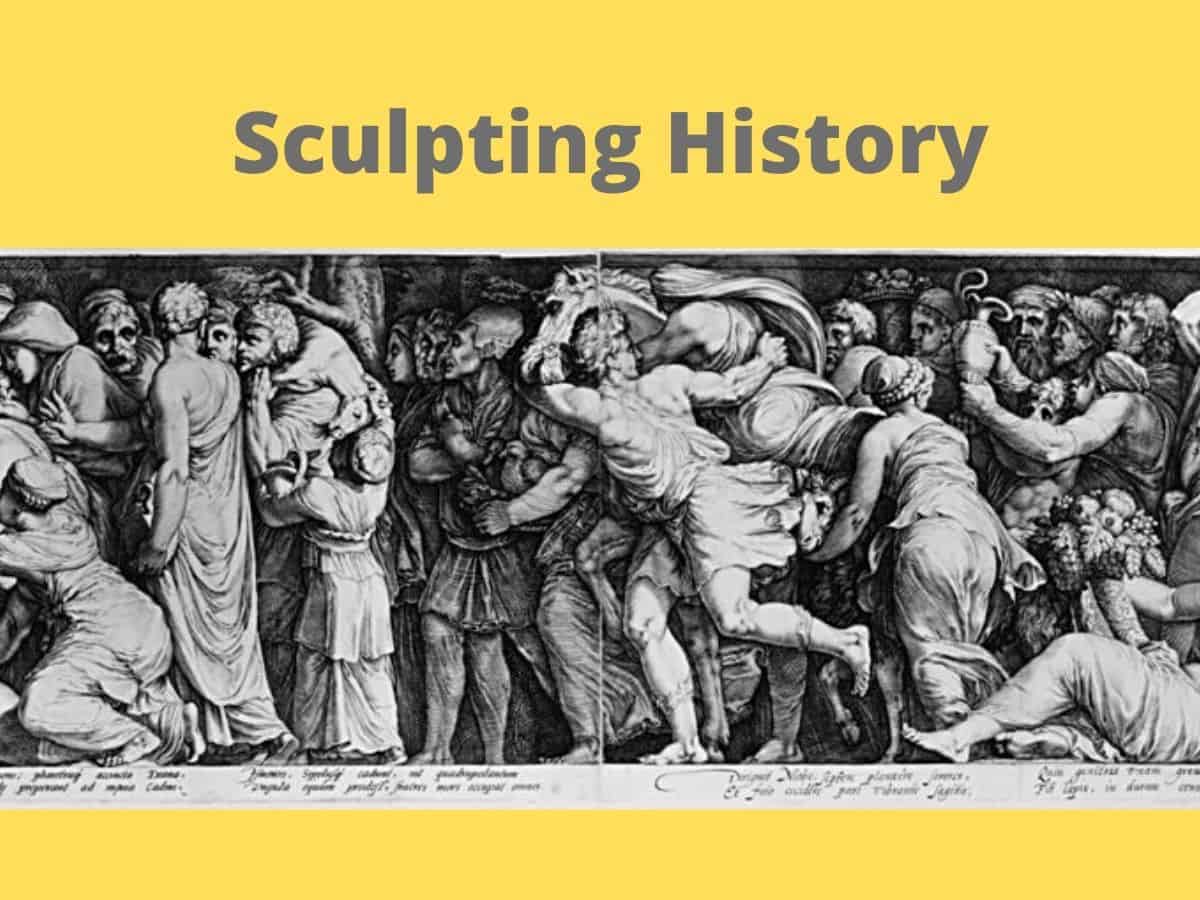Understanding Bias is one of the most important pieces of understanding history itself. We encounter bias every time we engage with historical content. In this exercise I created a Google Form to help gauge students’ understandings of bias in the way historical figures are presented in the media.
I imagine this form being used as sort of warm-up or pre-assessment tool that could be done asynchronously or in flipped instruction. My goal here is to get students thinking critically about how our views of important figures can be shaped by the people who create the content in which we encounter them. This would be for a high school history or media literacy class, probably for juniors or seniors. This form was designed to help me see how students are looking at not just the content of the images, but also the source of the images to gain a better understanding of what the image is trying to accomplish.
Click here for the direct Google Form link.


I think it’s really interesting how you curated the images to talk about how Obama is portrayed in the United States. Many admire him while many believe that he is not all that he says he is. Showing a serious and a satirical image of President Obama reveals how narratives are so easily altered just by one simple portrayal. Such as, in the Blitt image, it requires a lot more prior knowledge to be able to understand that it is satire.
Yeah agreed. Even when you know it’s satire, I don’t think it necessarily “lands”. I’m really interested to see how Obama’s legacy shifts over time, especially being bookended by two presidents that are widely considered terrible.
I agree with Angela. The “terrorist fist bump” is a product of his time. It came out a few months into the Obama administration and the right wing pundits were already rabidly attacking the Obamas on a host of lies – he wasn’t born in US, he was a Muslim, she was an angry black woman.
Then it got more absurd – Michelle once wore a sleeveless dress, he wore a tan suit. He played golf. Blitt’s piece is a very time sensitive bit of satire.
Those issues aside, I think it’s an excellent lesson that speaks to your instructional goals.
Hi Tyler,
I think it is interesting to see the broad spectrum of ways that Obama has been portrayed in the media. I am actually using the second image you chose as a primary source in my senior thesis. I am looking at stereotypes of Black women over time and in this image, even though it is satire, Michelle is portrayed as the “Angry Black Woman” (as Prof. Pappas mentioned) which is often known as the “Sapphire” stereotype. I definitely think these were good image choices with lots to unpack (at least I hope so considering I’ll be writing at least a couple pages on the second image!)
Very interesting! I’d love to hear more about this!
Great images! There is a piece by Wiley at the Portland Art Museum that I’ve always really loved. I enjoy that Wiley’s work is so distinct and repurposes typically European art tropes to celebrate Black figures.
The Blitt piece is just, well… wow. It’s nice to see that both McCain and Obama’s campaigns stated that it was offensive. I have a hard time seeing the current occupant of the White House doing the same.
I got to see some Wiley stuff at the PAM when it came through as well…it’s amazing.
Yeah I feel like there are some things created in the name of satirical humor that I just don’t think should fly. And agreed, I don’t think it would happen today the same way it did then, unfortunately.
Hi Tyler,
Very intriguing post about Barack Obama! We see the first picture as the President of the United States by Wiley. Amazing in itself. Then the second photo which in some people’s eyes see Barack. It’s crazy to see that something like that gets to be published and be seen by the public.